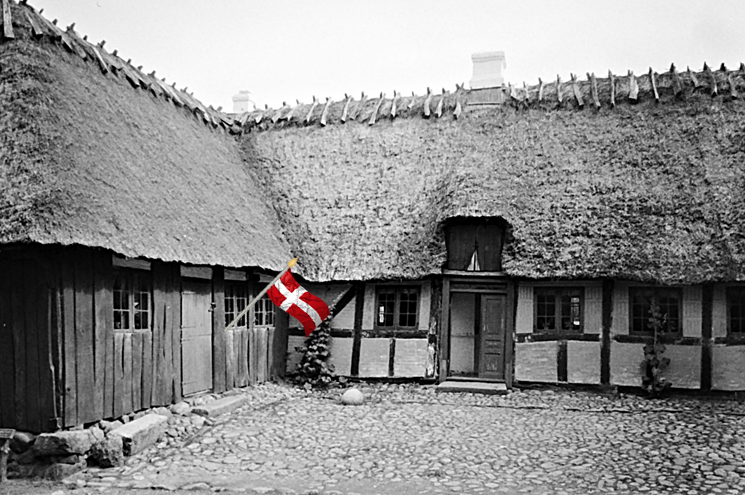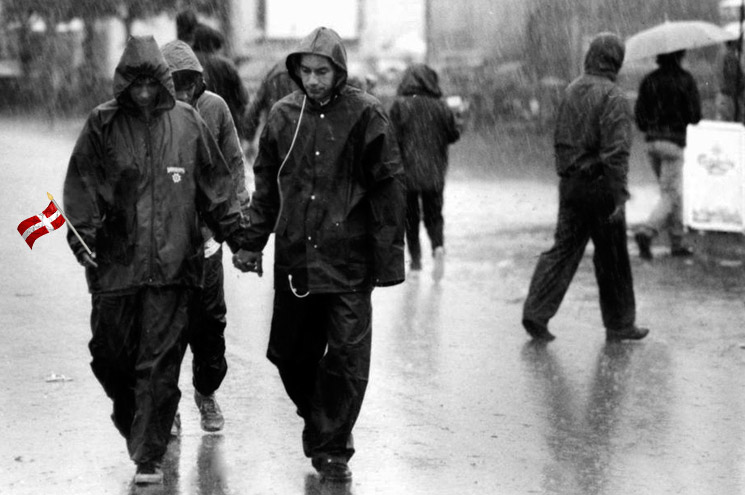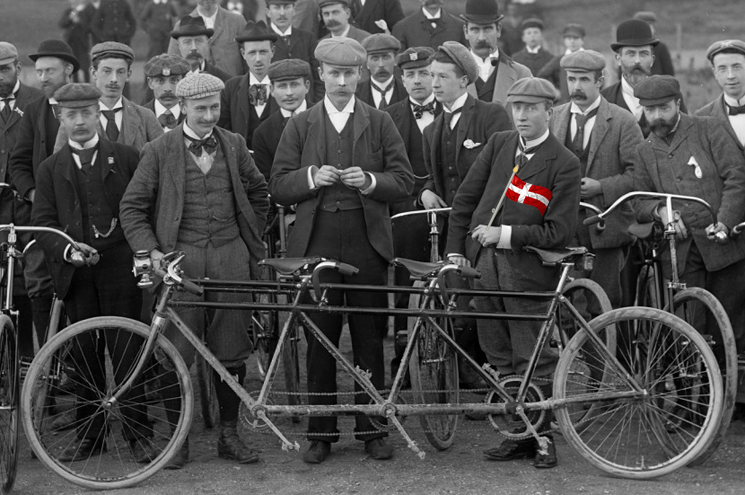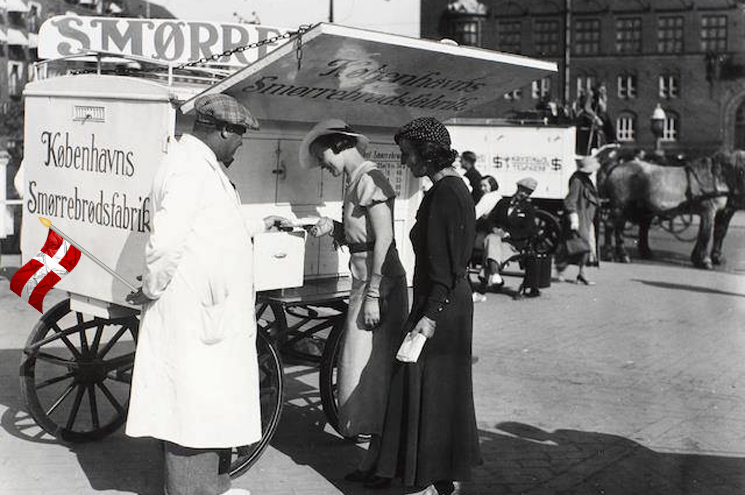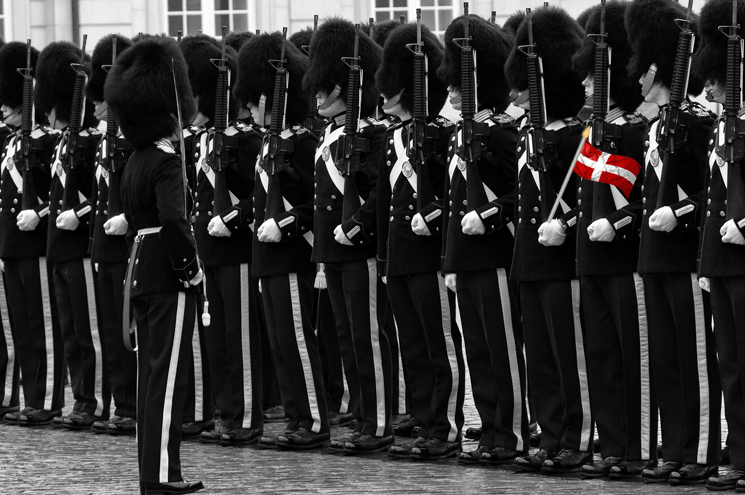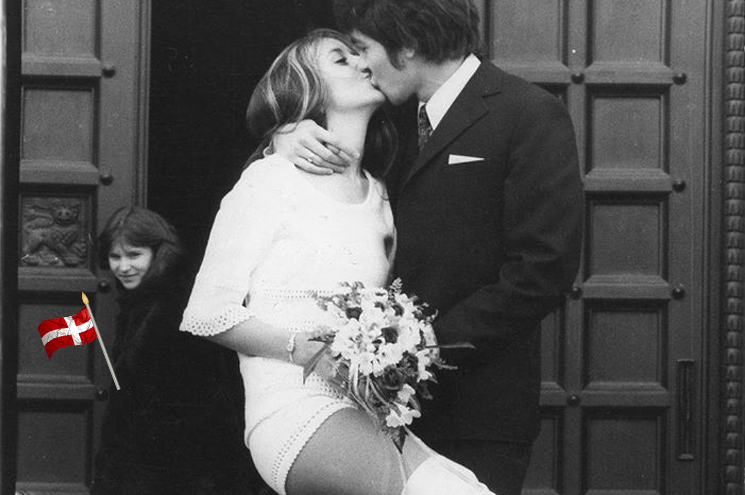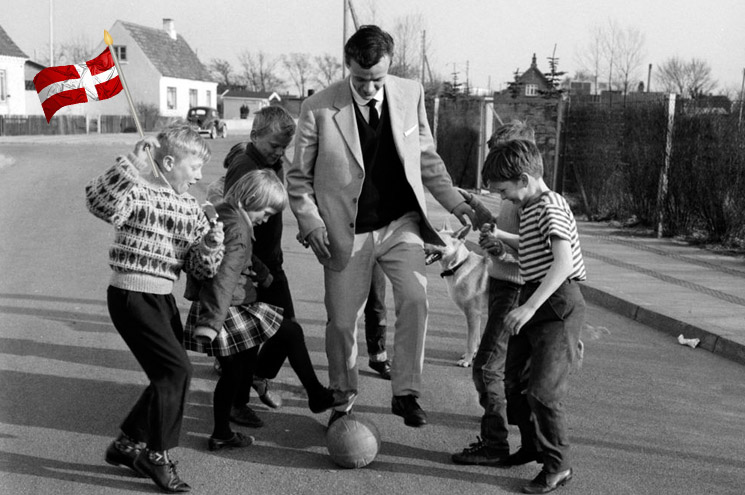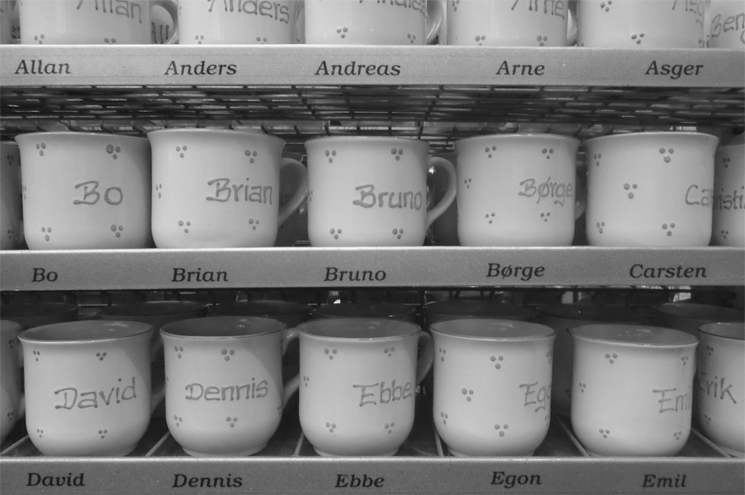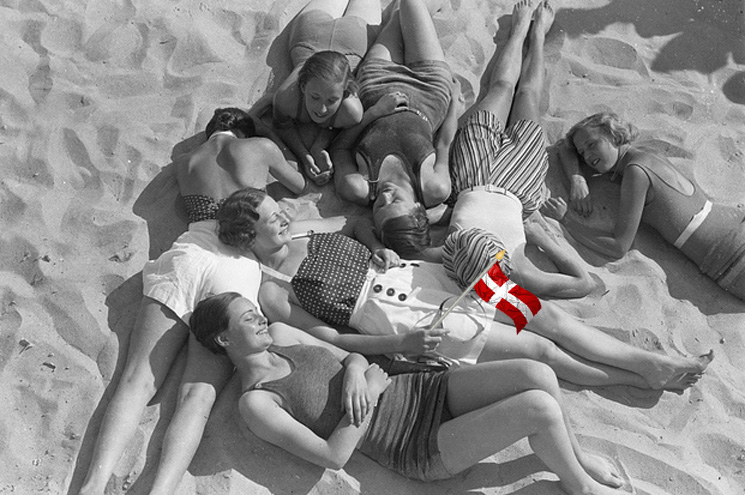Before I moved to Denmark, I didn’t know what a thatcher was.
Of course, I had heard of Margaret Thatcher, the former British prime minister. But a thatcher – as a job like a carpenter, or a massage therapist – this was something I was not familiar with.
A thatcher, I now know, is a person who makes a thatched roof. A straw roof, basically. There are thousands of thatched roofs in Denmark, and they’re actually very practical for the climate, very environmentally friendly. They keep the heat in and the rain out.
If you want to live in a house with a thatched roof in Denmark, you probably can. A lot of them are vacant, because they tend to be located on farms in the countryside.
You, on the other hand, will probably want to live in a city somewhere – Copenhagen, or Aarhus, or Bilund if you work for Lego.
Beautiful but uncomfortable chairs
The bigger the city, the harder it will be for you to find a place to live. Or at least, a reasonably-priced place to live.
Danes like to buy their homes, because they can deduct the mortgage interest from their taxes.
But if you want to rent, there are two options.

